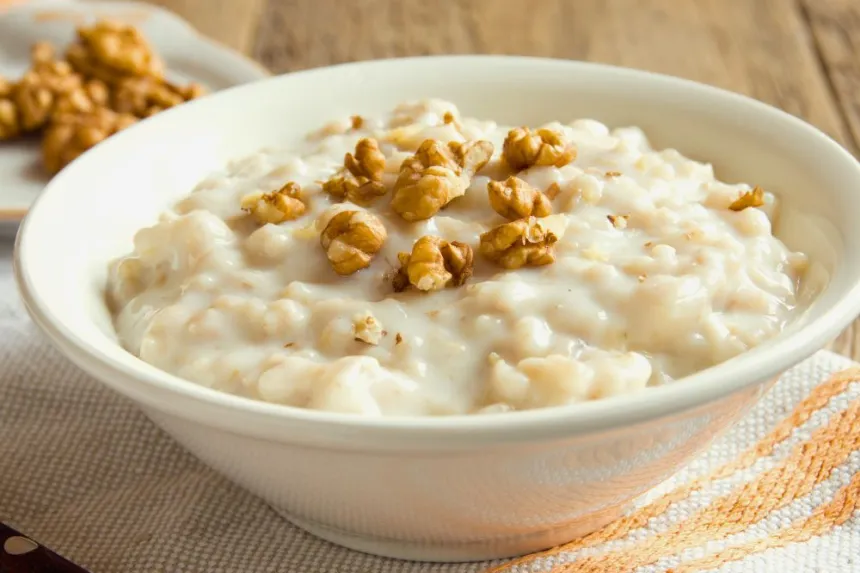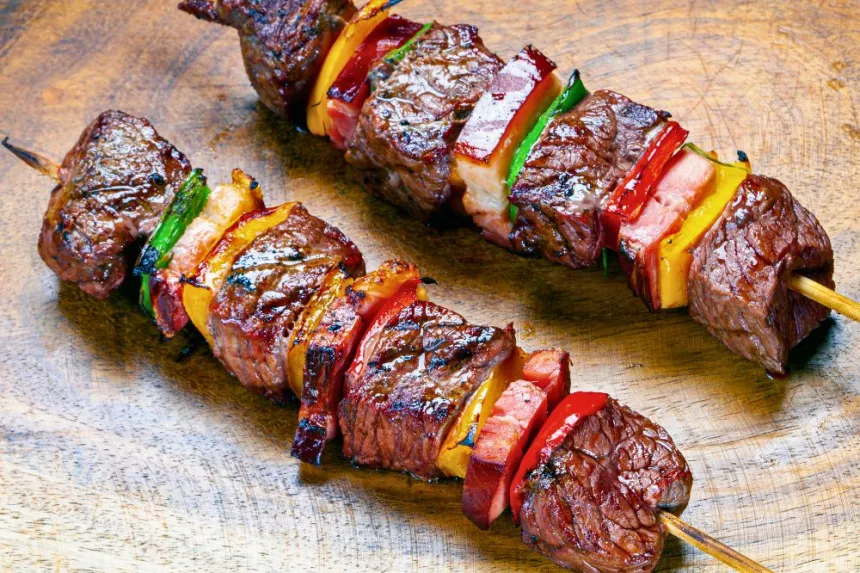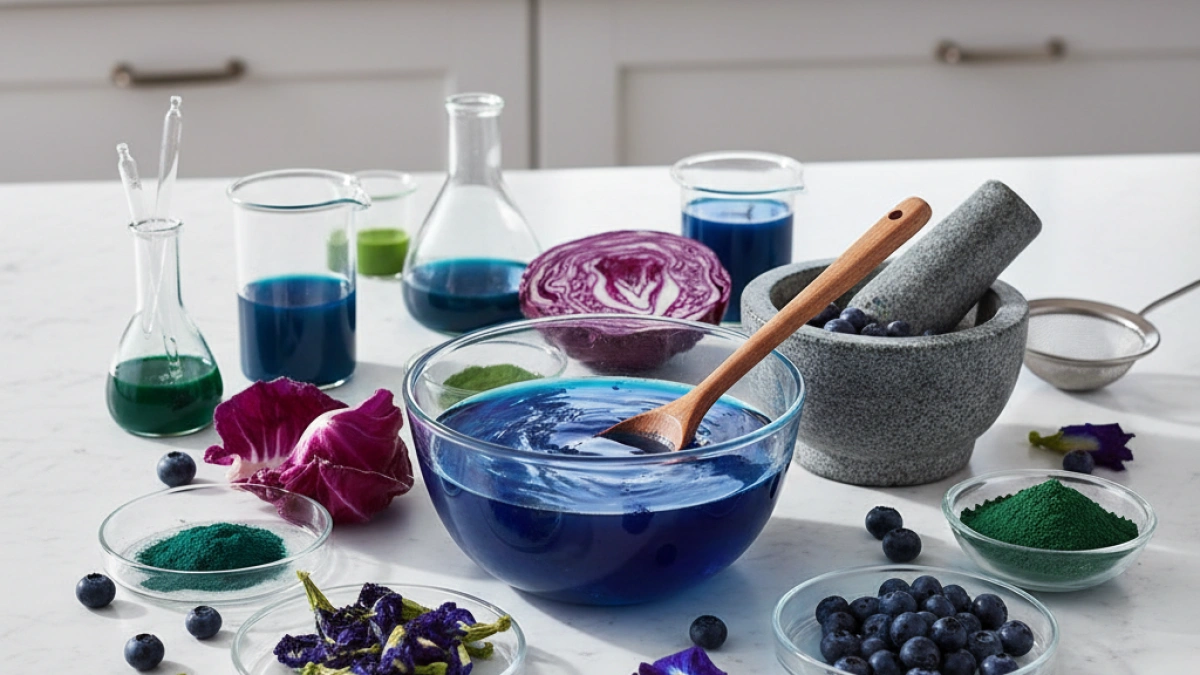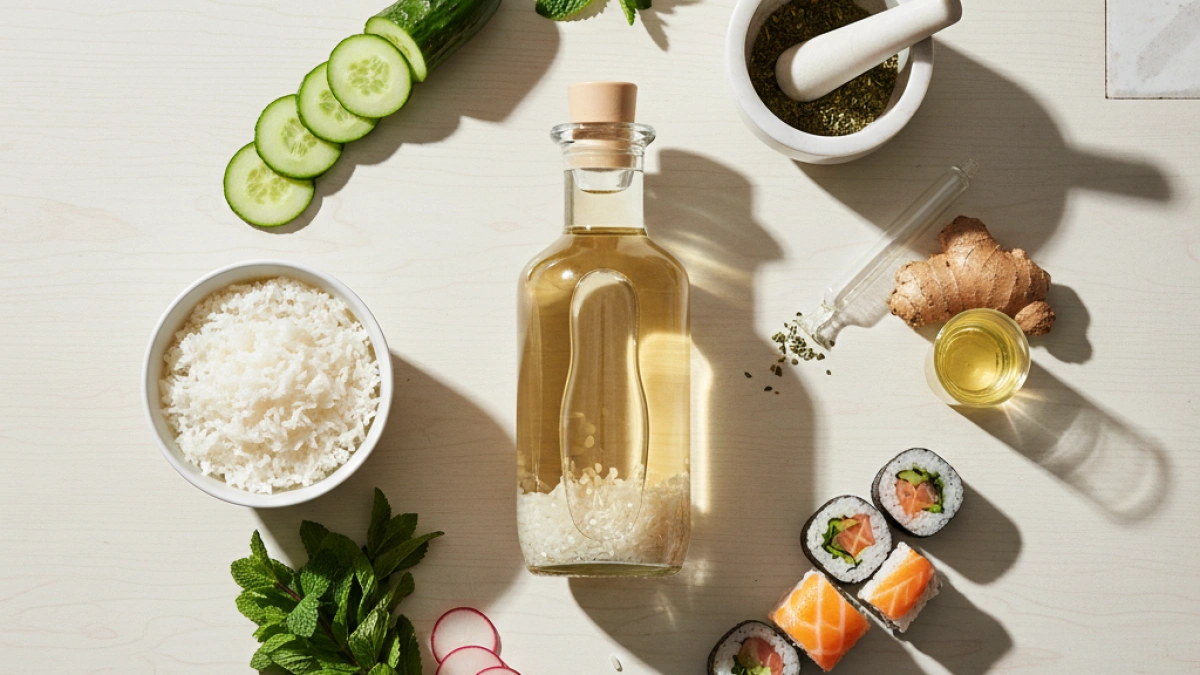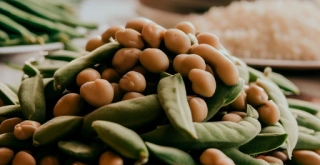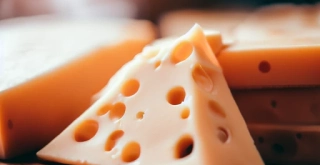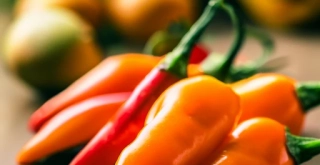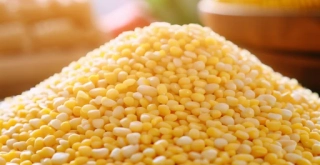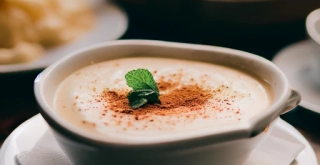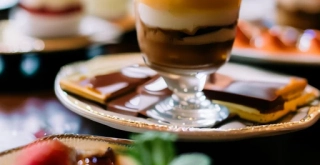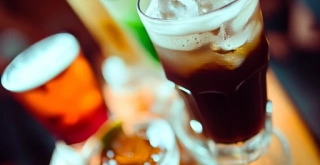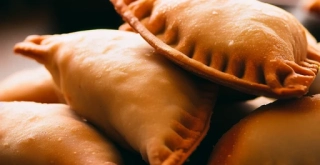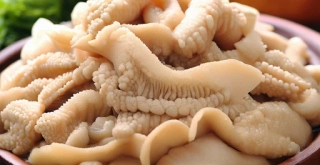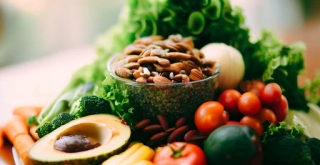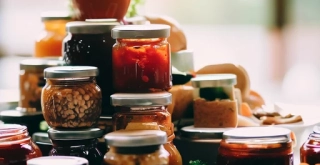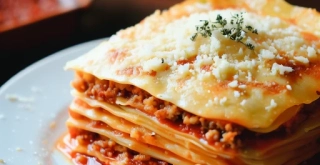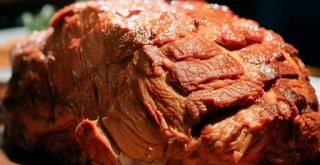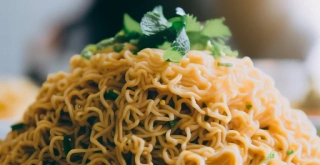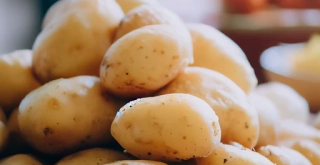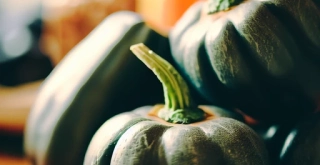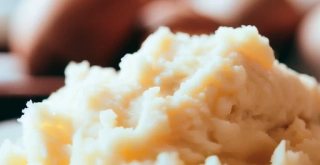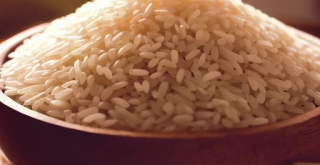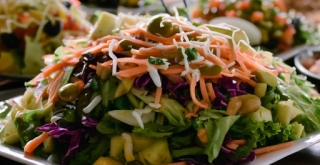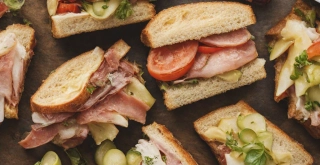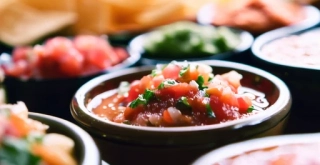How to create vibrant colors with food coloring

Food colorings are a versatile tool in the kitchen that allow you to add vibrant colors to your dishes, desserts, and beverages. Using them is not only easy but also fun in the process. Below are techniques and practical tips for achieving different shades using food colorings.
What are food colorings?
Food colorings are substances used to add color to foods. They can be natural, derived from fruits and vegetables, or synthetic, produced in laboratories. Colorings come in various forms, such as liquids, gels, or powders, allowing for a variety of applications.
Types of food colorings
Liquid colorings
Liquid colorings are the most common and can be easily found in baking stores or supermarkets. They are ideal for achieving intense colors in liquid mixtures, such as frostings or batters.
Gel colorings
Gel colorings are more concentrated than liquids, making them perfect for achieving brighter colors without altering the texture of your preparations. They are commonly used in fondants and creams.
Powder colorings
Powder colorings are ideal for preparing baked goods and dry mixtures. They allow for bright colors and dissolve easily when combined with liquids.
How to use food colorings
1. Choose the right coloring
Select the type of coloring that best suits your recipe. Consider the result you want to achieve. For example, choose gel coloring to achieve an intense color without changing the consistency of the frosting.
2. Measure the amount
The amount of coloring you use will depend on the desired intensity of the color. Start by adding a few drops of liquid coloring or a small amount of gel/powder, and mix well. It’s always better to add more if needed, as it’s difficult to remove color once added.
3. Mix evenly
When adding the coloring, be sure to mix well to achieve a uniform color. Use a spatula or whisk to fully incorporate the coloring into the mixture.
4. Experiment with combinations
Don’t hesitate to experiment with mixing different colors. For example, by combining red and blue coloring, you can achieve a purple tone, while yellow and blue will yield green. Creativity is key to getting unique colors.
Tips for creating vibrant colors
- Try with natural colors: If you prefer to avoid synthetic colorings, you could use fruit purees or vegetable juices. Beetroot, for example, provides a beautiful red color, while spinach yields a vibrant green.
- Avoid excess liquid: When using colorings, it’s important not to add so much liquid that it alters the texture of the food. If you are using liquid colorings, adjust the proportions of other ingredients in the recipe.
- Storage: Colorings should be stored in a cool, dark place to maintain their effectiveness. Make sure to tightly close containers to prevent contamination.
Conclusion
Food colorings are a great way to bring life and color to your culinary creations. By following these tips and experimenting with different techniques, you can create attractive and vibrant dishes that will surprise your family and friends.
For more tips and tricks about cooking and baking, I invite you to keep reading more articles like this on my blog. Explore the fascinating world of creative gastronomy!
